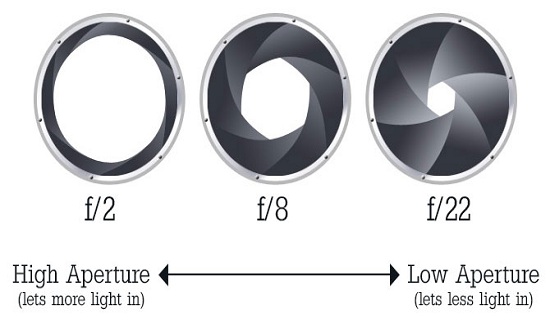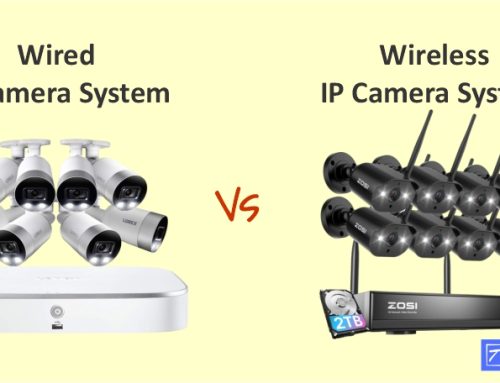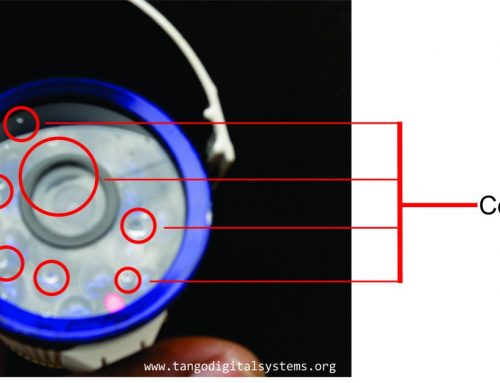A camera iris is the part of the camera that regulates the level of light needed to pass through the lens. Whenever the iris creates a larger opening, more light can get through; a smaller opening allows less light through.
The light that the iris allows to flow hits the image sensor and that light gets recorded as electrical impulses that create the video since the work of the image sensor is converting light energy into an electrical signal.
In CCTV application, it is better to understand your requirement so that you can select the right camera iris. The work of the iris is to limit the amount of light that hits the image sensor. Too much light can flop your video and also, too little light can make your video dark or blur. It is very important to select an iris that is specifically suited for your camera’s location.
There are four types of camera iris but each of them works differently.
Fixed Iris
This is ideal in indoor environments where light levels may be constant like classroom, office, laboratory, a fixed iris lens can be used. With fixed iris lenses, the iris opening cannot be adjusted and is fixed at a certain f-number or f-stop. The camera can compensate for changes in the level of light by adjusting the exposure time or using gain.
Manual Iris
With a manual iris lens, the iris can be adjusted manually by turning a ring on the lens to open or close the iris. This is not convenient in environments with changing light conditions, such as in outdoor surveillance applications.
Auto Iris
Auto irises are motorized, allowing them to automatically adjust the iris opening to the changing light throughout the day. There are two types of auto irises, DC irises (the control for the motor is in the camera) and video irises (the control is in the lens itself).
Because auto irises use more advanced technology than a fixed or manual iris, cameras with an auto iris are often more expensive, but better suited to recording in outdoor locations where the changes between sunlight and nighttime can be automatically adjusted for.
P Iris
The “P” in P iris stands for “precise” because the iris uses both the ability to automatically adjust like an auto-iris with controls in the camera’s software to create improved video clarity and depth of field. The amount that the iris can close is limited, preventing the blurred video that can occur when an auto iris overcorrects for bright lights.
Cameras with a P iris are also more expensive than models with fixed or manual irises, but the cameras are better suited for recording in locations where light is constantly and quickly changing.
How Camera Iris Right Selection Option Can Help You?
Are you recording in an office building, and only during working hours? A fixed or manual iris will work well with the consistent light from overhead lights because they won’t need to adjust to changing light levels.
Recording outdoors or around the clock where your camera needs to adjust to daytime and nighttime light levels, like a parking garage or construction site? An auto iris or P iris will be your best bet because they are designed to work with constantly changing levels of light.







Leave A Comment